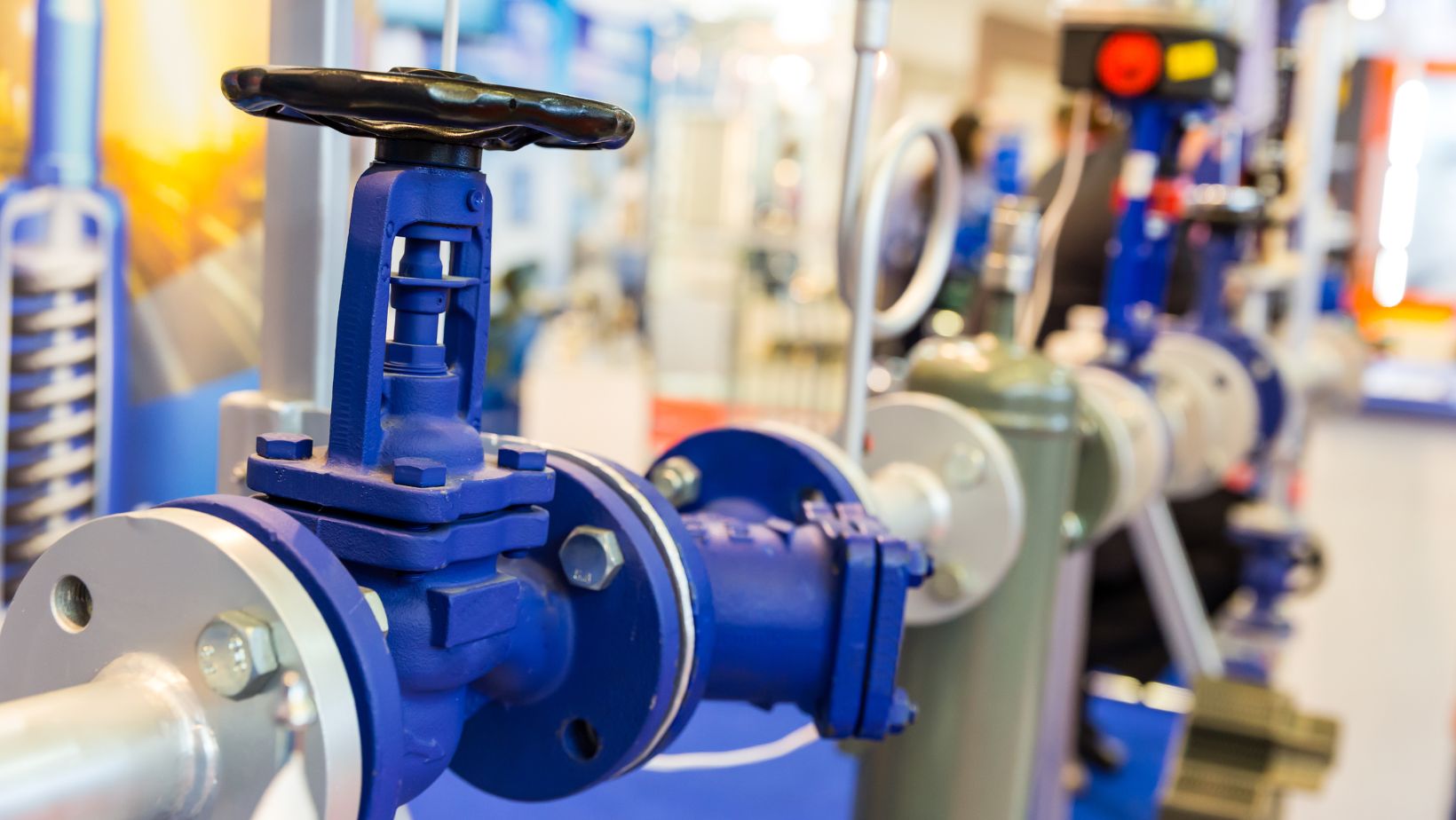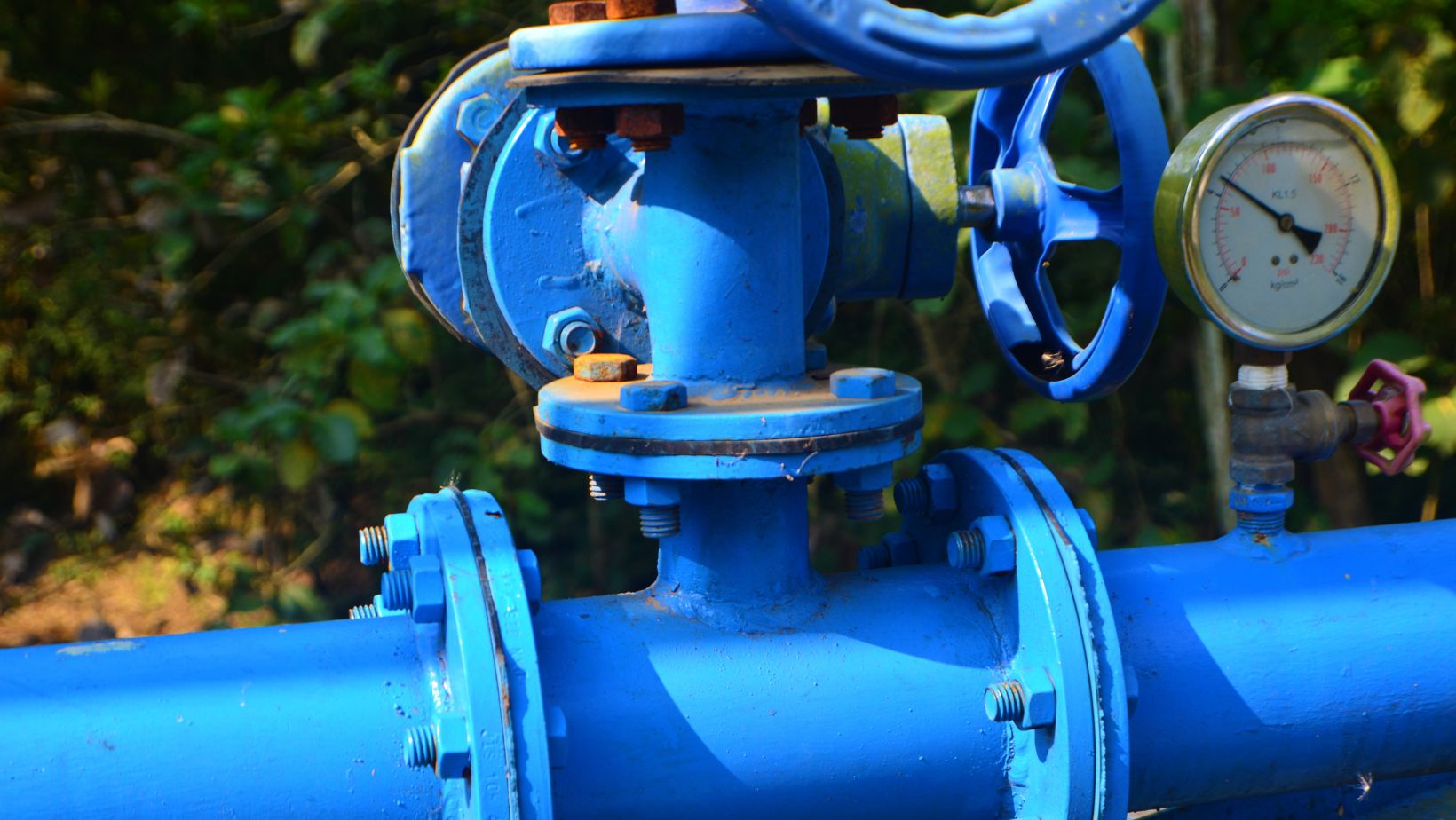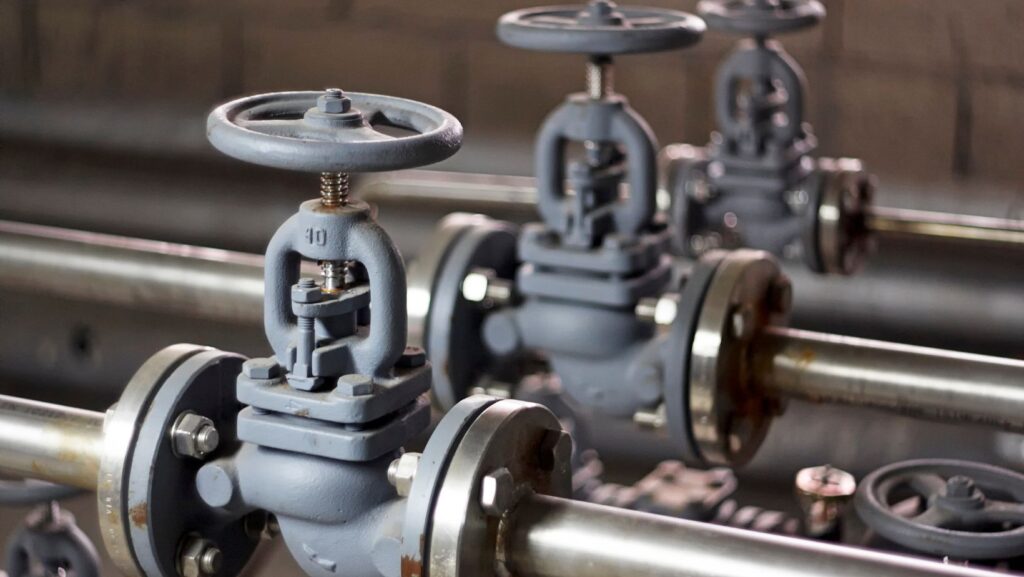Underground utility valves deal with constant challenges—heavy traffic, shifting soil, water exposure, and debris buildup. They can wear out quickly without proper protection, leading to expensive repairs, system failures, and unexpected maintenance headaches.
These issues need a strong, long-lasting solution to keep infrastructure reliable. Valve boxes help extend the lifespan of underground systems and keep operations running smoothly.
Learn how choosing the right valve box can help protect infrastructure and simplify maintenance.
What Are Valve Boxes?
Valve boxes, like the BAC-SVB valve box, keep underground utility valves safe from damage while making them easy to access for maintenance. They help prevent problems like rust, debris buildup, and impact damage, so valves work properly and last longer.
They’re commonly used in water, gas, and irrigation systems, helping crews find and service valves quickly without digging or delays.
Why Valve Boxes Matter in Infrastructure
Here’s why they’re so important:
- Prevents Damage: Valve boxes shield valves from heavy loads, shifting soil, and harsh weather, keeping them in top shape.
- Simplifies Maintenance: These boxes’ secure yet accessible design makes it easy for crews to locate and service valves without digging.
- Extends Valve Lifespan: A good valve box helps valves last longer and perform reliably by removing rust, debris, and moisture.
- Improves Safety: A properly installed valve box reduces trip hazards and prevents unauthorized access, ensuring safer infrastructure.
- Saves Time and Money: Fewer repairs, faster maintenance, and less downtime mean lower costs and a more efficient system.
Tips for Choosing and Maintaining Valve Boxes
Check out these key tips to consider:
1. Pick a Durable Material
Valve boxes are made of different materials, such as plastic, concrete, and metal. The best choice depends on the environment and the level of protection needed. A strong metal or reinforced concrete box offers better durability for high-traffic areas.

Lightweight plastic boxes work well in less demanding locations but may not withstand heavy loads. When selecting, consider weather conditions, weight resistance, and corrosion protection.
2. Choose the Right Size and Depth
A valve box should be large enough to cover the valve while leaving room for easy access. Maintenance can become difficult if it’s too small, leading to delays and extra labor.
The depth also matters as valves installed too deep can be hard to reach. A properly sized valve box ensures quick access when needed without unnecessary digging.
3. Ensure Proper Installation
Even the best valve box won’t work well if installed incorrectly. Placing it at the right level with a secure fit helps prevent shifting and damage over time.
Ensure the box is positioned not to collect excess water or debris. A stable, well-installed valve box stays in place and keeps the system running smoothly.
4. Perform Regular Inspections
Checking valve boxes regularly can help catch small issues before they become big problems. Search for signs of wear, cracks, or blockages that could affect performance.
A quick inspection every few months ensures the box remains in good condition. Removing debris and checking for needed repairs can extend the life of the valve and the box itself.
5. Keep the Box Accessible
A valve box should always be easy to find and open. Maintenance crews may struggle to find it in an emergency if it’s buried under dirt or covered by landscaping.
Marking its location and keeping the area clear saves time when service is needed. A well-maintained and accessible valve box helps keep the infrastructure running efficiently.
Real-Word Applications
Valve boxes are used in many industries to keep underground valves safe and accessible. Here are some key ways they’re used:
1. Municipal Water Systems
In municipal water systems, valve boxes protect critical components like water main valves, service line valves, and fire hydrants. If left exposed, traffic, shifting soil, or debris can easily damage these valves.

Keeping these systems running smoothly is essential for providing reliable water to communities.
2. Irrigation Systems
Valve boxes protect the valves that manage water flow in agricultural, residential, and commercial irrigation systems. Without proper protection, these systems can be vulnerable to dirt, debris, and environmental damage.
By keeping the valves safe, valve boxes help prevent issues like rust and clogging, which can lead to costly repairs.
3. Wastewater Systems
Wastewater systems, including sewer lines and lift stations, rely on valves to control wastewater flow. Without valve boxes, these valves are at risk of damage from debris, corrosion, or being knocked out of place.
4. Industrial Facilities
Valve boxes protect valves that regulate water, gas, and chemicals in industrial settings like factories or power plants. These environments often experience extreme conditions, making durable valve boxes essential.
A strong valve box ensures that valves stay safe and accessible, reducing the chance of system disruptions. Easy access for maintenance allows facilities to avoid downtime, which can be costly and affect overall productivity.
Conclusion
Valve boxes are a smart and straightforward choice for keeping underground valves safe and functioning well. They prevent damage, cut down on repairs, and make maintenance easier.


More Stories
Touch ‘N Go Casino Payments
The Psychology of Esports Fans: What drives loyalty and engagement?
Duitnow Casino Transaction